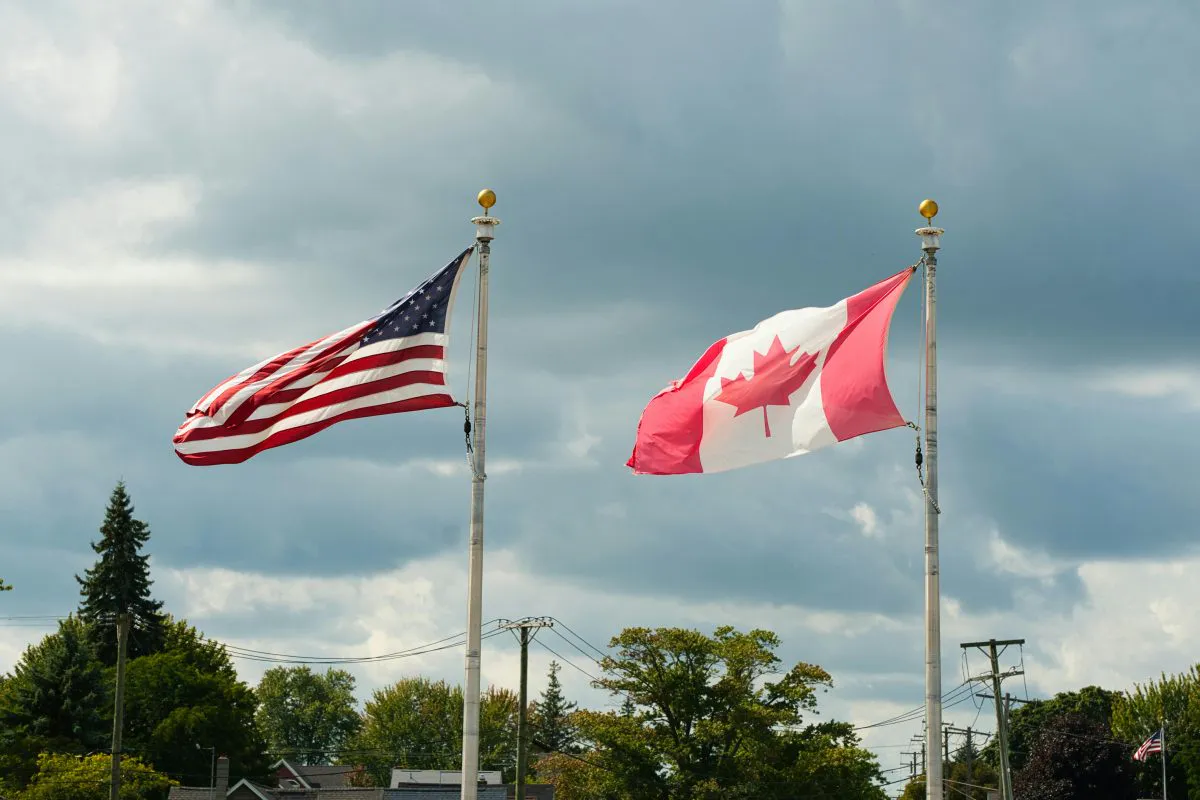The end of “flagpoling” at the Canadian border

On December 24, 2024, the Government of Canada put an official end to “flagpoling” at the Canadian border.
The Honourable Dominic LeBlanc, Minister of Finance and Intergovernmental Affairs, alongside the Honourable Marc Miller, Minister of Immigration, Refugees and Citizenship, and the Honourable Ya’ara Saks, Minister of Mental Health and Addictions and Associate Minister of Health, released Canada’s Border Plan on December 17, 2024. The plan included an end to “flagpoling,” which they indicate is intended to increase border security and strengthen the immigration system.
What is flagpoling?
The act of flagpoling occurs when temporary residents of Canada apply for work or study permits at port of entry and leave the country only to return within 24 hours to receive same-day immigration services.
The Federal Government’s announcement classifies this as a way of “bypassing” the general wait times associated with online applications. Online applications can take months to process, and applicants may have been motivated to flagpole to obtain services faster.
Government restricts flagpoling
Earlier this year, the Government of Canada restricted flagpoling at certain border crossings by requiring that applicants make appointments at the border to eliminate the first-come, first-served approach. However, because flagpoling has the potential to delay other services at the border, the government was looking to end this practice entirely.
Flagpoling also has risks attached for those attempting the practice – such as being refused entry or being unable to return to Canada as intended.
In June 2024, Minister Miller stated, “The time and effort required to process applications from ‘flagpolers’ takes officers on both sides of the border away from their crucial role in protecting the safety, security and prosperity of Canadians and Americans.” He noted that measures being put in place to prevent flagpoling will help maintain the integrity of the immigration system.
However, the Minister’s statements do not, at least on their face, consider the impacts to the Canadian employers who rely on the ability for the temporary foreign workers to process their applications at the port of entry.
Possible exemptions
Even if the Government expands the definition of flagpoling as re-entry to Canada beyond the initial 24-hour period that elapses after departure, this change will not affect U.S. citizens, U.S. lawful permanent residents, U.S. Electronic System for Travel Authorization holders and those with U.S. visas who are able to overnight in the United States. However, individuals who cannot obtain entry to the U.S. will not be able to use this process.
As noted in the December 23 news release from the CBSA, “In very limited circumstances, work and study permits may still be granted at a port of entry to individuals who otherwise meet the definition of flagpoling.
The exemptions include:
- Citizens and lawful Permanent Residents of the United States of America;
- Professionals and technicians under free trade agreements with the United States/Mexico, Chile, Panama, Peru, Colombia and South Korea;
- Spouses or common law partners of professionals and technicians under free trade agreements with Panama, Columbia and South Korea;
- International truck drivers who hold a work permit, where required to depart Canada for the purpose of their employment and held maintained status as a result of applying for renewal prior to departure; and
- Individuals who have a pre-existing appointment booked with the CBSA for permit processing.”
What happens now?
Now that flagpoling has ended, temporary residents will be required to apply for any necessary immigration services online, reserving Immigration services at the border for those arriving in Canada. At the present time, in-Canada work permits can take more than five months to process.
This announcement comes less than two months after the Government of Canada announced its intent to lower the target number of permanent residents by 21% in 2025. This is yet another change that is being implemented by the Government of Canada and the new year will likely see more.
For further information on this announcement, and other immigration-related issues, contact a member of the MLT Aikins immigration team today.
Note: This article is of a general nature only and is not exhaustive of all possible legal rights or remedies. In addition, laws may change over time and should be interpreted only in the context of particular circumstances such that these materials are not intended to be relied upon or taken as legal advice or opinion. Readers should consult a legal professional for specific advice in any particular situation.





